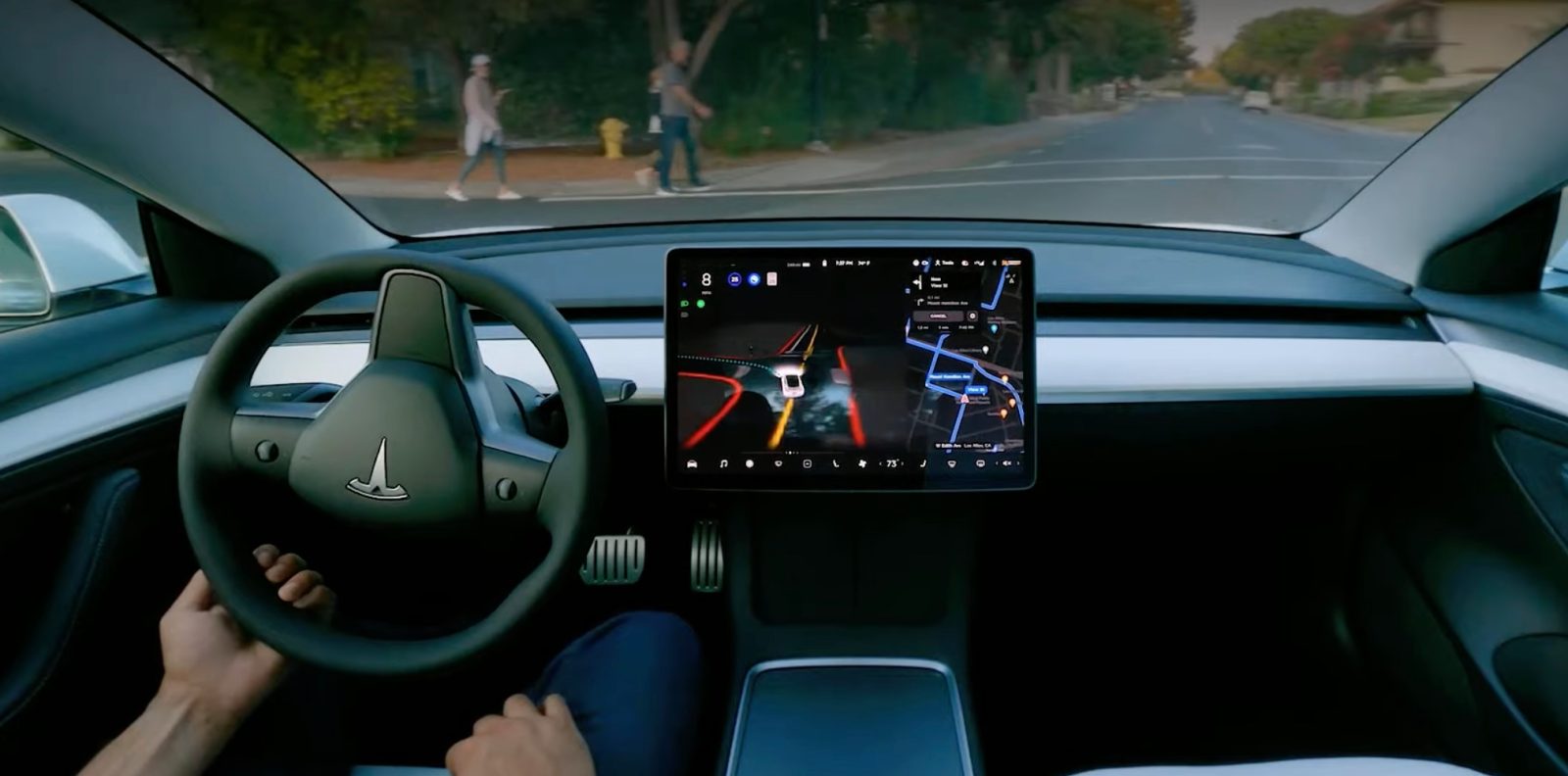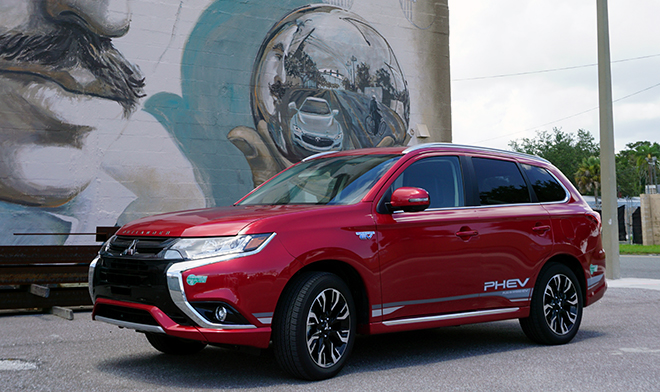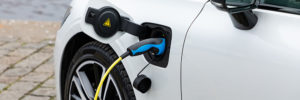Aside from the Tesla Supercharger network, public fast-charging stations in the US are arguably lagging way behind.
Source: Electric Vehicle News
Rivian R1T Electric Pickup Vs Jeep Gladiator: Off-Road Rival Test
Does electric or gas power make for better off-road performance? There’s only one way to find out.
Source: Electric Vehicle News
Nissan Recalls Almost 65,000 Leaf EVs Due To Error In Driver's Manual
The manual contained instructions that could lead to decreased defroster performance.
Source: Electric Vehicle News
Tesla’s important Full Self-Driving Beta v11 update is delayed again

Tesla’s important Full Self-Driving Beta v11 software update is delayed again as the automaker appears to have serious issues shipping it.
The post Tesla’s important Full Self-Driving Beta v11 update is delayed again appeared first on Electrek.
Source: Charge Forward
Are plug-in hybrids the next Dieselgate?
Plug-in hybrids (PHEVs) don’t get much respect in the EV industry these days. They’re the epitome of a transitional technology, and it would be hard to argue that many of them justify their price premiums over plain hybrids. It’s widely believed that, thanks to ill-considered government incentives, many PHEVs are bought by drivers who never intend to plug them in.
But wait—it gets worse. A recent study indicates that the real-world emissions of some PHEVs may be much higher than advertised—shades of Dieselgate, aka the Dirty Diesel Debacle, a scheme under which automakers conspired to defraud auto buyers and regulators.
Advocacy group Transport & Environment commissioned the Technical University of Graz in Austria to road-test three new popular, average-size PHEVs—the BMW 3 Series, the Peugeot 308 and the Renault Megane—and found that they didn’t live up to their advertised specs.
The researchers detail their findings in “Plug-in hybrids 2.0: A dangerous distraction, not a climate solution.”
The researchers found that real-world CO2 emissions of the tested vehicles ranged from 85 to 114 g/km, around 3 times the artificially low official ratings of 27-36 g/km. When the vehicles were not charged, emissions were 5-7 times the official values, and even with a fully charged battery, real-world emissions were between 1.2 and 3 times the official values. Two of the three vehicles demonstrated substantially lower ranges than advertised: 26% lower in the case of the BMW and 47% lower for the Peugeot.

Two years ago, T&E tested the BMW X5, Volvo XC60 and Mitsubishi Outlander PHEVs under a wide range of conditions, mostly on longer routes. This year, T&E tested three smaller PHEVs on shorter “commuter” routes. Even when starting with a fully charged battery and driving in the mode selected by the vehicle, the Peugeot and the Renault emitted between 1.2 and 1.7 times the amounts of CO2 indicated by their official ratings (33-50 g/km). The BMW emitted over 100 g/km, 3 times the official value.
That was a best-case scenario. One of the dubious selling points of a PHEV is that you don’t have to charge it, and many drivers don’t. (By my estimate, charging my Prius Plug-in saves me about 40 cents, so some might argue “Why bother?”) According to T&E, studies have shown that many PHEVs, especially company cars, are rarely or never charged. When tested with an empty battery in the city, the BMW and the Peugeot emitted 200 g/km—equivalent to the emissions of the legacy VW Tiguan SUV. The Renault, which is lighter and has a much smaller gas engine, had emissions of 138 g/km.
Most PHEVs offer limited electric range, and T&E found that the three models it tested didn’t even deliver the measly range they should have. None of the three managed more than 50 km driving around the city of Graz, and only the Renault achieved its advertised range. The BMW’s real-world electric range was 26% lower than it should have been, and the Peugeot’s range was 47% lower.
BMW’s eDrive Zone geo-fencing feature is advertised as a way to automatically switch to zero-emission driving when in designated zones—a way to comply with (or evade) the emission-free zones found in a growing number of European cities. Leaving aside the question of whether it makes sense to displace emissions from the city center to the suburbs, T&E found that the feature didn’t even work. “During testing the technology failed to guarantee emission-free city driving. With geo-fencing technology enabled, the engine switched on twice while driving in the city.”
Despite their dubious climate benefits, carmakers benefit from generous government subsidies for PHEVs. According to T&E’s calculations, in 2022, European subsidies were worth €0.9 billion or €8,200 per PHEV to BMW; €1.3 billion or €9,300 per PHEV to Stellantis; and €0.3 billion or €6,900 per PHEV to Renault/Nissan/Mitsubishi. “Selling PHEVs with artificially low emissions also means that fewer BEVs need to be sold for carmakers to comply with CO2 targets.”
T&E (among others) recommends that policymakers end purchase subsidies for PHEVs. Failing that, at the very least, official emissions figures should be regularly updated with real-world data, and PHEVs should not be treated as zero-emission vehicles, even if they have so-called geo-fencing capability.
Source: Transport & Environment
Source: Electric Vehicles Magazine
US: Tesla Increased Model Y Prices By $500
The increase concerns two out of three versions available on the market.
Source: Electric Vehicle News
Hyundai USA Launches Evolve+ EV Subscription Program From $699
Hyundai says the month-to-month subscription service is meant to attract the “EV-curious” audience to its Kona Electric and Ioniq 5.
Source: Electric Vehicle News
Chery To Enter UK Market With Omoda 5 SUV
The Chinese automaker wants its new Omoda brand to be considered premium and “fashion-focused”.
Source: Electric Vehicle News
China: Tesla Model Y Price Increased Slightly
It might be another sign that orders increased, making the factory busy.
Source: Electric Vehicle News
2025 Ram 1500 REV Debuts In Big Game Ad As Brand's First EV Pickup
The Ram 1500 REV will enter production next year and arrive in dealerships in late 2024.
Source: Electric Vehicle News


